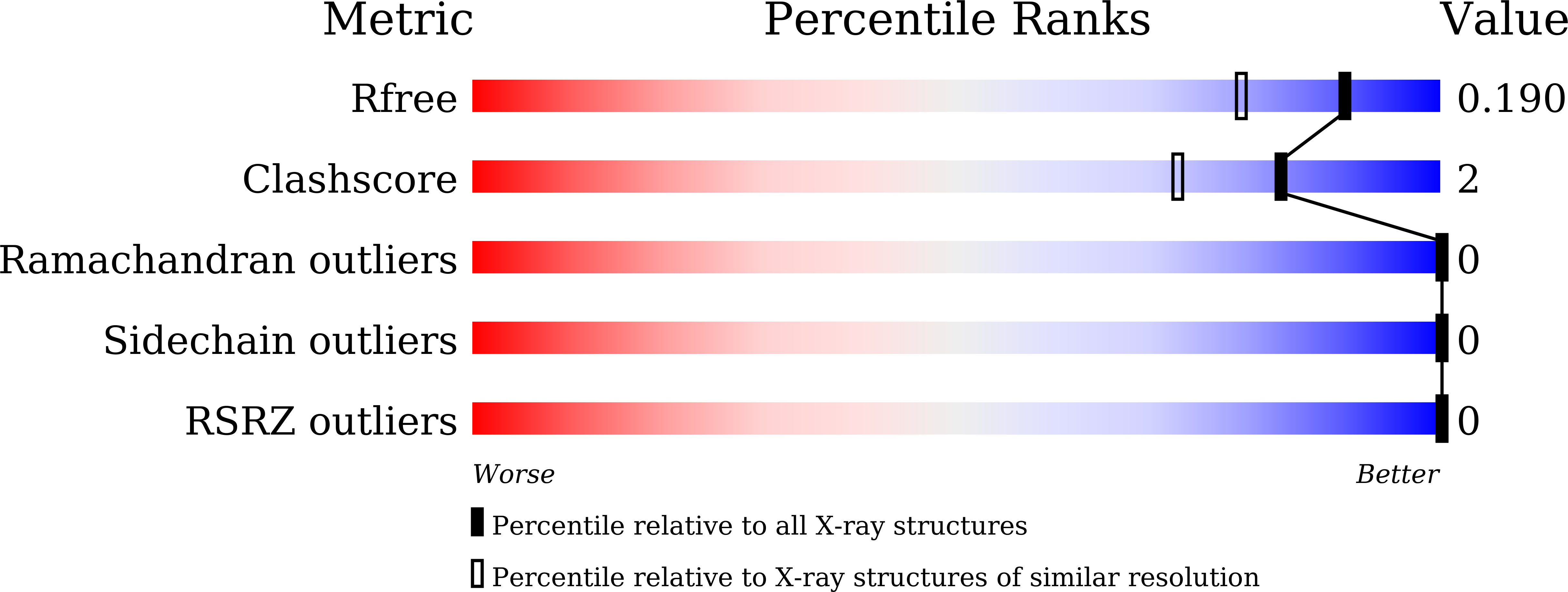
Deposition Date
2019-03-19
Release Date
2019-09-18
Last Version Date
2023-11-22
Entry Detail
Biological Source:
Source Organism:
Thermosynechococcus elongatus BP-1 (Taxon ID: 197221)
Host Organism:
Method Details:
Experimental Method:
Resolution:
1.55 Å
R-Value Free:
0.17
R-Value Work:
0.13
R-Value Observed:
0.13
Space Group:
C 1 2 1


